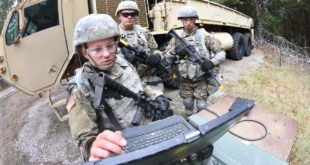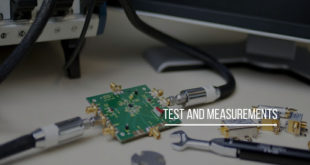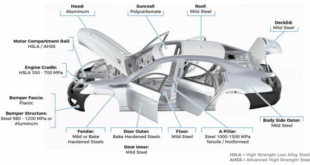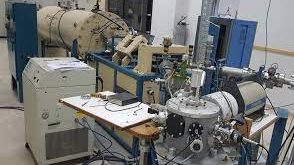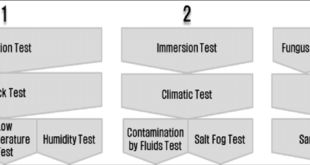Innovation crowdsourcing is a business practice that engages the crowds with the goal of generating ideas and co-creating solutions within an end-to-end innovation process. This practice does not actually outsource innovation activities but connects teams with multiple knowledge sources to deliver better innovation results. The crowd can consist of employees, …
Read More »Future digitized Battlefield require Soldier transformation to software experts and data analysts
In an era where technology is the key driver enhancing capabilities across the military, the soldier remains as crucial as ever for achieving mission success. Some of the missions the soldiers perform can take weeks, away from in difficult terrain like deserts and mountains which requires maintaining an incredibly high …
Read More »Automated test and measurement (ATE) for lifesaving, mission-critical, and safety-critical electronics of Defense and Aerospace Systems
The aerospace and defense industry is one of the most massive, and multibillion-dollar industries in operation. This calls for the electronics and technology used in this industry need running at 100% efficiency level to make sure that the equipment doesn’t malfunction and get damaged or provide lower utility than it …
Read More »ROVs for efficient underwater inspection
Ocean shipping continues to be the primary transportation method of billions of dollars in goods. As such a massive industry, safety is incredibly important. Underwater inspection of shipping vessels is important for many reasons. It saves money and time by understanding what is happening under your vessel without diver intervention. …
Read More »Automotive Lightweight Materials
Advanced materials are essential for boosting the fuel economy of modern automobiles while maintaining safety and performance. Because it takes less energy to accelerate a lighter object than a heavier one, lightweight materials offer great potential for increasing vehicle efficiency. A 10% reduction in vehicle weight can result in a …
Read More »Ion beam accelerator for nuclear device characterization, detection of contraband materials, and Directed energy weapons
Ion beam accelerators are machines providing kinetic energy to charged particles called ions, which bombard the target sample – the material to be irradiated and subsequently analyzed. The target can be a thin foil or a piece of mineral, rubber, textile, tissue, soil or metal. The sample can be an …
Read More »Implementing AS9100 Quality Standard for Aviation, Space and Defense products and services
Quality standards are defined as documents that provide requirements, specifications, guidelines, or characteristics that can be used consistently to ensure that materials, products, processes, and services are fit for their purpose. Standards provide organizations with the shared vision, understanding, procedures, and vocabulary needed to meet the expectations of their stakeholders. Because …
Read More »Military Specifications and Standards
Defense standards evolved from the need to ensure proper performance, maintainability and reparability (ease of MRO), and logistical usefulness of military equipment. The latter two goals (MRO and logistics) favor certain general concepts, such as interchangeability, standardization (of equipment and processes, in general), cataloging, communications, and training (to teach people …
Read More »With China engaging in massive military buildup near the Borders, India preparing to safeguard its interests.
China’s construction of military infrastructure along its border with India suggests Beijing is considering military options amidst a territorial dispute between the two countries. China’s aggressive strategy will likely prompt India to respond in kind, leading to a greater concentration of military assets along their disputed border and increasing the …
Read More »MIL-STD-810 standards ensure electronic systems designed, manufactured, and tested to battle harsh defense and aerospace conditions
MIL-STD 810 is a Department of Defense Test Method Standard for environmental engineering considerations and laboratory tests. It is the most popular Military specification used to conduct environmental testing of military products. Given the fact that these products may be exposed to harsh or even extreme conditions, their reliability under …
Read More » International Defense Security & Technology Your trusted Source for News, Research and Analysis
International Defense Security & Technology Your trusted Source for News, Research and Analysis

